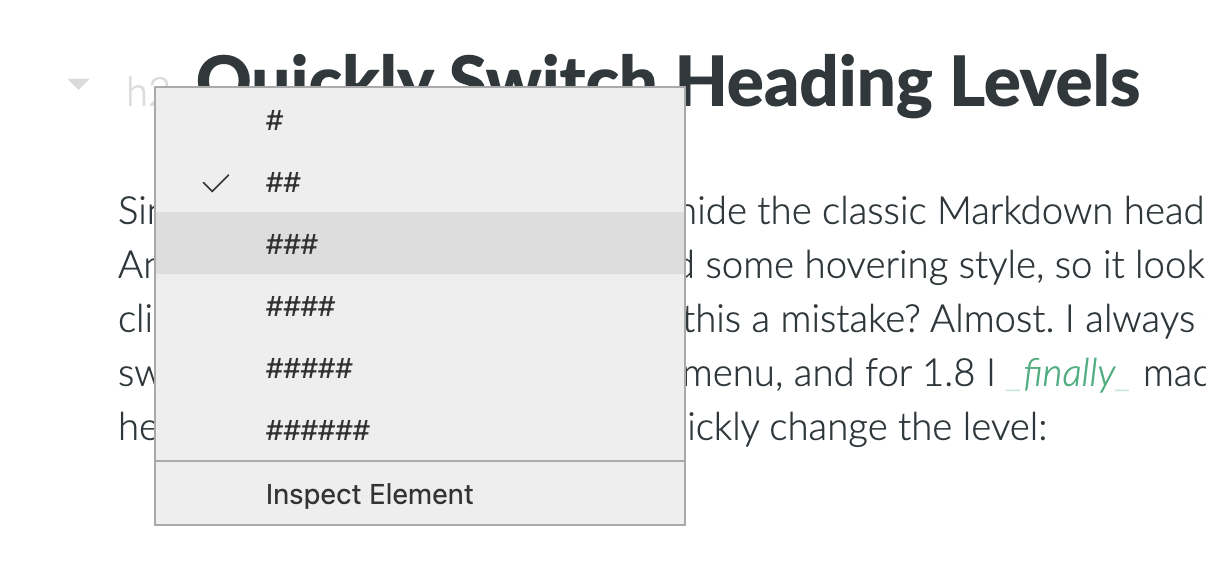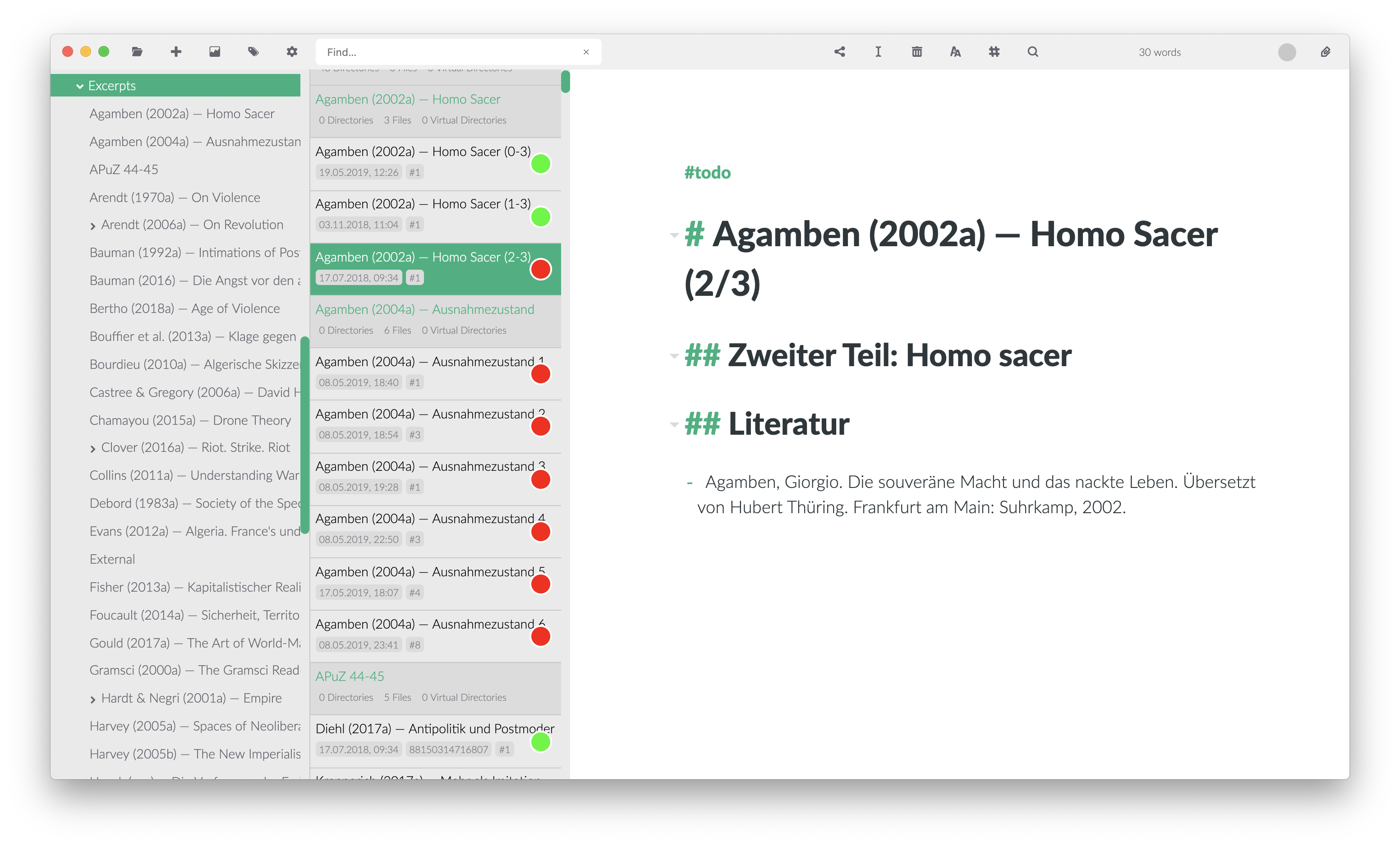
I feel quite confused when I choose level 2 but it doesn't work when I save the change.
#ZETTLR TABLE FULL#
The development of consistent and standardized sets of procedures would address the gaps in knowledge regarding the formation and degradation of NPls as well as sampling and characterizing natural NPls needed to observe the full extent of NPls on aquatic biota and biofilm communities. Generate table of contents and evaluate until level Hi guys have you ever meet the trouble that you can not choose which level to export for a project. Our primary aim is to identify gaps in knowledge throughout the review and define future directions of research to address the impacts of NPls in aquatic environments. One reason for the missing data and studies in this area of research is the lack of a protocol for the detection of, and suitable methods for the characterization of, NPls in the field.

I think Scrivener offers some variable for this on Markdown Thanks again 0 comments. We highlight and critically synthesize current studies on the formation and degradation of NPls, NPls' interactions with aquatic biota and biofilm communities, and methods of detection. My question is if there is any workaround for Zettlr to manage my list of tables and figures, numbering/updating when needed This is very important to manage academic work and numbering one and another time is painful.

This review analyzes 150 publications collected by searching through the databases Web of Science, SCOPUS, and Google Scholar using keywords such as nanoplastics*, aquatic*, detection*, toxic*, biofilm*, formation*, and extracellular polymeric substance* as singular or plural combinations. Nevertheless, there is evidence that NPls can both bypass the cell membranes of microorganisms and bioaccumulate in the tissues and organs of higher organisms.

We know little about the abundance and effects of NPls, even though a lot of research has been conducted on the ecotoxicological impacts of MPs on both aquatic biota. Although plastic materials degrade over extreme long periods, they can be broken down through physical, chemical, and/or biological processes to form microplastics (MPs), defined here as particles between 1 μm and 5 mm in size, and later to form nanoplastics (NPls), defined as particles <1 μm in size. The rise in the global production of plastics has led to severe concerns about the impacts of plastics in aquatic environments.


 0 kommentar(er)
0 kommentar(er)
